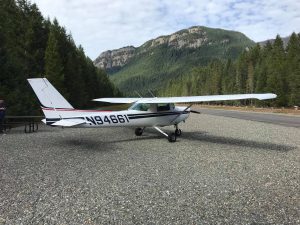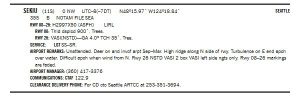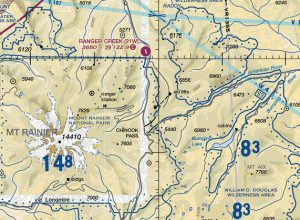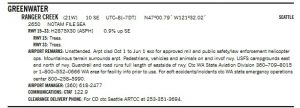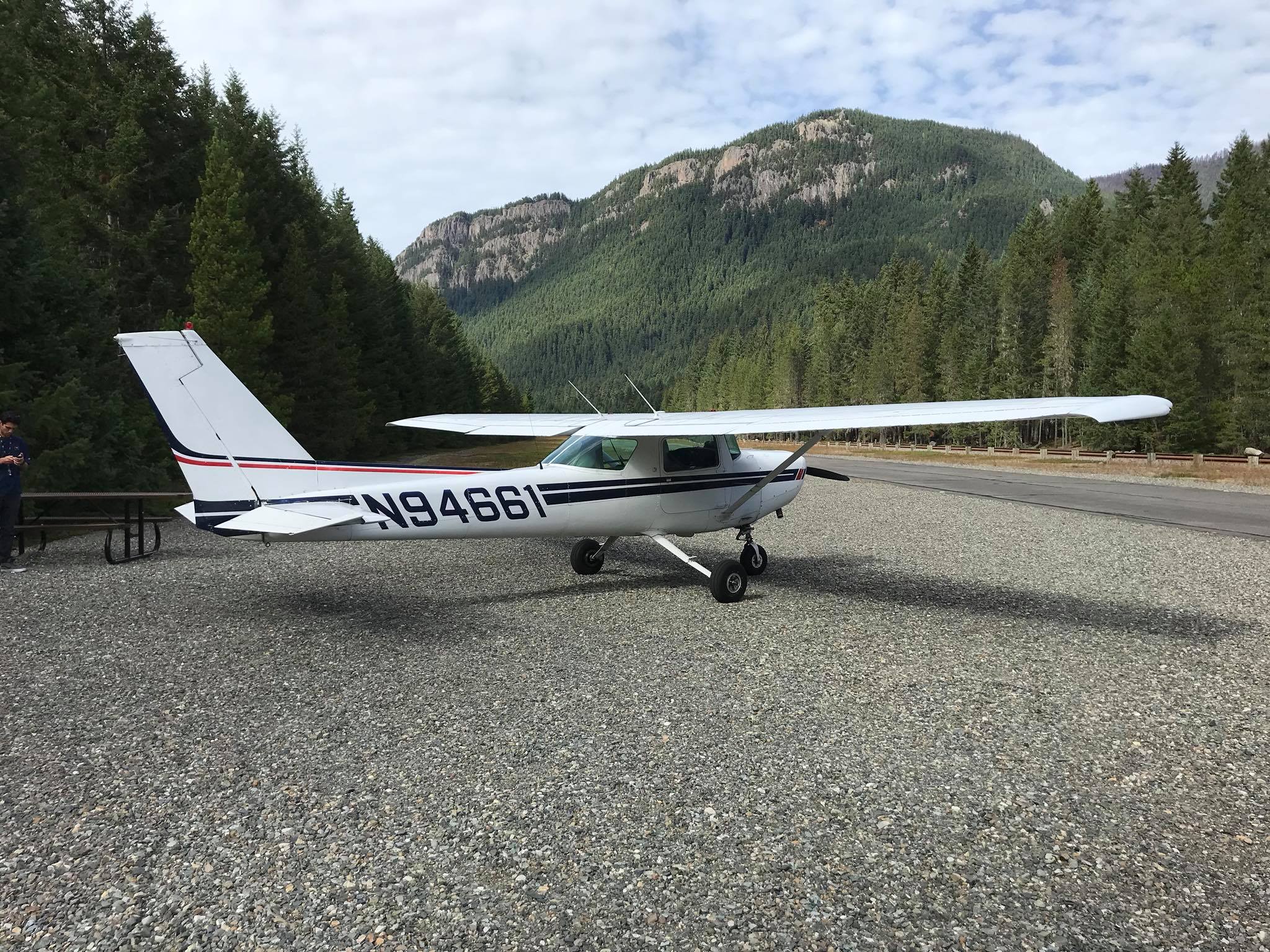
What's Next?
You’ve Earned Your Pilot Certificate, Now What? Two Pacific Northwest Airports That Will Help Sharpen Your Skills
By Matthew Mulder – CFI
Are you a newer private pilot looking to expand your horizons? Or maybe you are more experienced but wanting to breakout from a flying rut. Sekiu and Ranger Creek offer relatively long, paved runways and manageable approaches. But they have terrain and additional considerations to make them challenging and help expand your piloting skillset.
We are blessed with some of the most spectacular and yet relatively accessible terrain in the world. As crowded as the Puget Sound skies have become in recent years, I am still amazed at how many wonderful airports remain relatively underutilized. In discussing with fellow pilots, I hear a variety of reasons but a common one is many pilots feel these more remote places are out of their comfort zone or they’ve heard tales of popped tires and bent props.
It’s understandable. As an instructor, I aim to instill a solid foundation of self-assessment and systematic decision-making in my students. They develop a set of personal minimums and avoid putting themselves or their passengers at unneeded risk. The corollary to this is that over time, many pilots can view places or conditions as automatic no-go’s and never expand their skillset. Soon enough we develop a habit pattern that limits us only to the larger or most familiar destinations.
Sekiu (11S) and Ranger Creek (21W) are two airports that are on many a Pacific Northwest pilot’s bucket list. If you are part of the Washington Pilots Association (WPA) Passport Program, the promise of a stamp in your pilot passport ups the ante. Thorough planning and research might help take some of the mystery away and provide enough background that you feel more comfortable giving them a try this flying season. And if not alone, grab an appropriate instructor familiar with either and go get your stamp!
Is there anything past Port Angeles? You bet! Fly past KCLM for about 20 minutes and you will come to Sekiu Airport serving the towns of Sekiu and Clallam Bay. This remote gem offers access to hiking, fishing, and breathtaking views of the Strait of Juan de Fuca.
Sekiu is 34nm West of Port Angeles, right on the coast. This area is notorious for maritime conditions (fog, low clouds) that can be completely different even from Port Angeles. You will need to exercise advanced planning skills in your preflight weather briefing as well as fuel calculations and alternate options. Referencing the Chart Supplement, you will find that approaches can be difficult when the wind is from the North. Other subtleties such as a sloping runway, terrain, local wind patterns make this a challenging airport to expand your skills.
If you have not been to any mountain airports yet, Ranger Creek is a great first. Tucked between the White River to the east and the valley slopes to the west, there is plenty of opportunity to get experience flying in and out of a mountain valley. With camping available, you can experience all that the Pacific Northwest offers. As with any mountain flying, you will need to complete a mountain flying checkout with a knowledgeable instructor. A great first step is to take AOPA’s Air Safety Institute Mountain Flying Course to review density altitude and other special considerations of mountain flying.
Your first flight experience into Ranger Creek with an instructor will exercise your performance calculation skills. The airport lies north of Crystal Mountain Ski Area as the valley floor begins to rise toward Mt. Rainier. The sight picture is pretty spectacular, as Rainier dominates your windscreen. You will quickly learn that proper, thorough planning is essential. Giving yourself options is truly the key.
While a regular flight to your favorite airport for your usual burger can provide the feeling of safety, it is imperative that we not let complacency set in. Exercising and expanding our planning and calculation skills is essential in making us safe pilots. Planning for known, additional risk is far safer than not planning for everyday inherent risk.
